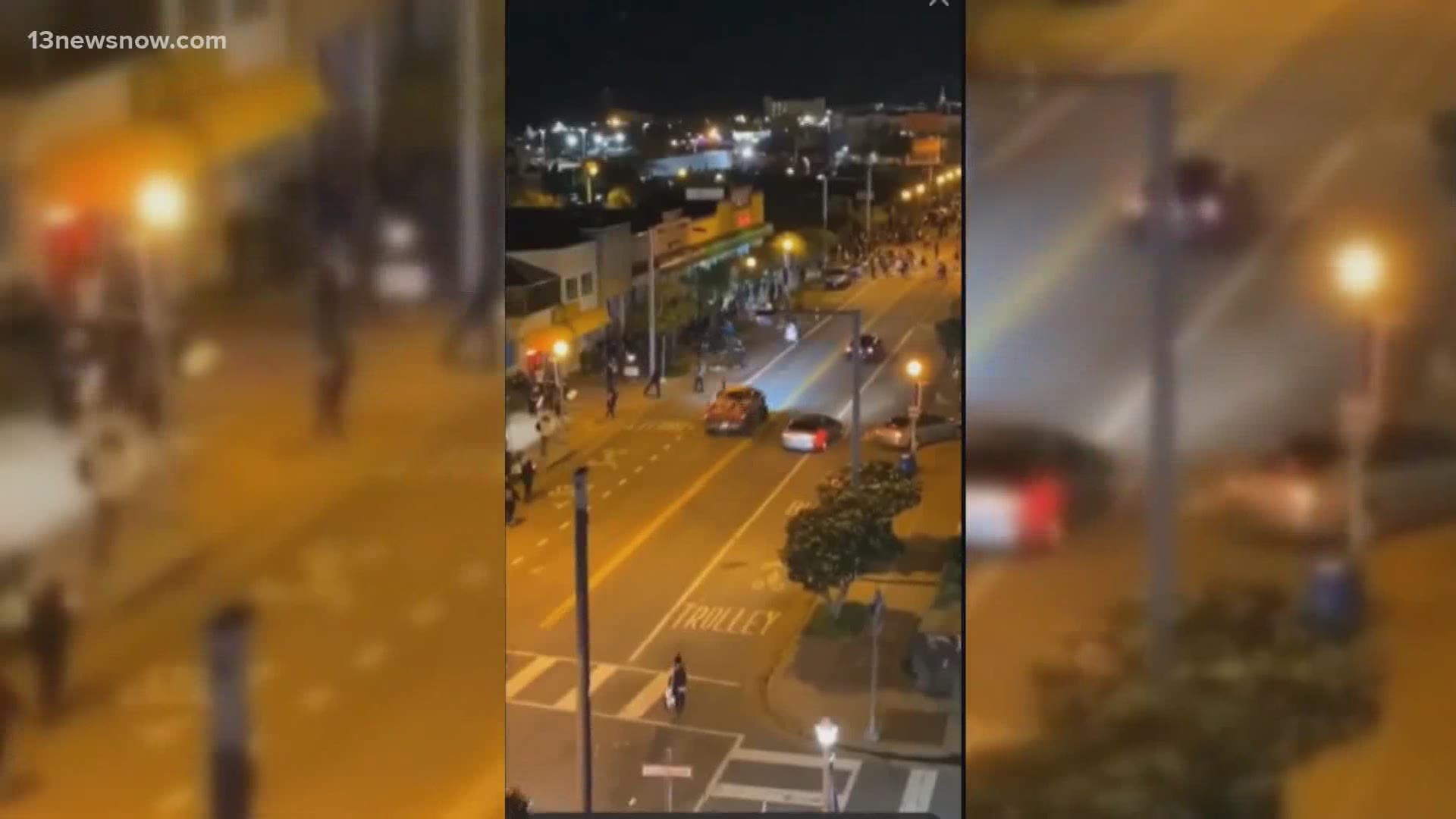- Red Driving School Discount Code 2021 go to reddrivingschool.com Total 18 active reddrivingschool.com Promotion Codes & Deals are listed and the latest one is updated on January 14, 2021; 0 coupons and 18 deals which offer up to 50% Off and extra discount, make sure to use one of them when you're shopping for reddrivingschool.com; Dealscove.
- In order to respond 'code red' a driver must be suitably trained and have qualified in appropriate police driver training courses. Code Red: Vehicle responding with lights and sirens activated. Code Blue: Vehicle responding without lights or sirens activated. South Australia. SA Ambulance Service use a.
- 11-27 10-27 W/driver held 11-28 10-28 W/driver held 11-40 Advise if ambulance needed 11-41 Ambulance needed. Code Blue Bus/Cab in trouble Code Red Varda Alarm.
- ASCD Customer Service. Phone Monday through Friday 8:00 a.m.-6:00 p.m. 1-800-933-ASCD (2723) Address 1703 North Beauregard St.
| Common name | Code Red |
|---|---|
| Technical name | CRv and CRvII |
| Type | Server Jamming Worm |
| Isolation | July 15, 2001 |

(a) Flashing red (stop signal): When a red lens is illuminated with rapid intermittent flashes, a driver shall stop at a clearly marked limit line, but if none, before entering the crosswalk on the near side of the intersection, or if none, then at the point nearest the intersecting roadway where the driver has a view of approaching traffic on.
Code Red was a computer worm observed on the Internet on July 15, 2001. It attacked computers running Microsoft's IIS web server. It was the first large scale, mixed threat attack to successfully target enterprise networks.[1]
The Code Red worm was first discovered and researched by eEye Digital Security employees Marc Maiffret and Ryan Permeh when it exploited a vulnerability discovered by Riley Hassell. They named it 'Code Red' because Code Red Mountain Dew was what they were drinking at the time.[2]
Although the worm had been released on July 13, the largest group of infected computers was seen on July 19, 2001. On that day, the number of infected hosts reached 359,000.[3]
Concept[edit]
Exploited vulnerability[edit]
The worm showed a vulnerability in the growing software distributed with IIS, described in Microsoft Security Bulletin MS01-033,[4] for which a patch had been available a month earlier.
The worm spread itself using a common type of vulnerability known as a buffer overflow. It did this by using a long string of the repeated letter 'N' to overflow a buffer, allowing the worm to execute arbitrary code and infect the machine with the worm. Kenneth D. Eichman was the first to discover how to block it, and was invited to the White House for his discovery.[5]
Worm payload[edit]
The payload of the worm included:
- Defacing the affected web site to display:
- Other activities based on day of the month:[6]
- Days 1-19: Trying to spread itself by looking for more IIS servers on the Internet.
- Days 20–27: Launch denial of service attacks on several fixed IP addresses. The IP address of the White House web server was among those.[3]
- Days 28-end of month: Sleeps, no active attacks.
When scanning for vulnerable machines, the worm did not test to see if the server running on a remote machine was running a vulnerable version of IIS, or even to see if it was running IIS at all. Apache access logs from this time frequently had entries such as these:
The worm's payload is the string following the last 'N'. Due to a buffer overflow, a vulnerable host interpreted this string as computer instructions, propagating the worm.
Code Red Driver Jobs
Similar worms[edit]
On the 4th of August 2001, Code Red II appeared. Although it used the same injection vector, it had a completely different payload. It pseudo-randomly chose targets on the same or different subnets as the infected machines according to a fixed probability distribution, favoring targets on its own subnet more often than not. Additionally, it used the pattern of repeating 'X' characters instead of 'N' characters to overflow the buffer.
eEye believed that the worm originated in Makati City, Philippines, the same origin as the VBS/Loveletter (aka 'ILOVEYOU') worm.
See also[edit]
- Nimda Worm
Code Red Driver License
References[edit]
- ^Trend Micro. 'Enterprise Prevention and Management of Mixed-Threat Attacks'(PDF).
- ^ANALYSIS: .ida 'Code Red' Worm (Archived copy from 22 July 2011), Code Red advisory, eEye Digital Security, 17 July 2001
- ^ abMoore, David; Colleen Shannon (c. 2001). 'The Spread of the Code-Red Worm (CRv2)'. CAIDA Analysis. Retrieved 2006-10-03.
- ^MS01-033 'Microsoft Security Bulletin MS01-033: Unchecked Buffer in Index Server ISAPI Extension Could Enable Web Server Compromise', Microsoft Corporation, 18th of June 2001
- ^Lemos, Rob. 'Virulent worm calls into doubt our ability to protect the Net'. Tracking Code Red. CNET News. Archived from the original on June 17, 2011. Retrieved 14 March 2011.
- ^'CERT Advisory CA-2001-19: 'Code Red' Worm Exploiting Buffer Overflow In IIS Indexing Service DLL'. CERT/CC. 17 July 2001. Retrieved 2010-06-29.
External links[edit]
Code Red Diet Plan

Code Red Dinner
- Code Red II analysis, Steve Friedl's Unixwiz.net, last update 22 August 2001
- CAIDA Analysis of Code-Red, Cooperative Association for Internet Data Analysis (CAIDA) at the San Diego Supercomputer Center (SDSC), updated November 2008
- Animation showing the spread of the Code Red worm on 19 July 2001, by Jeff Brown, UCSD, and David Moore, CAIDA at SDSC
Code Red Dvd
